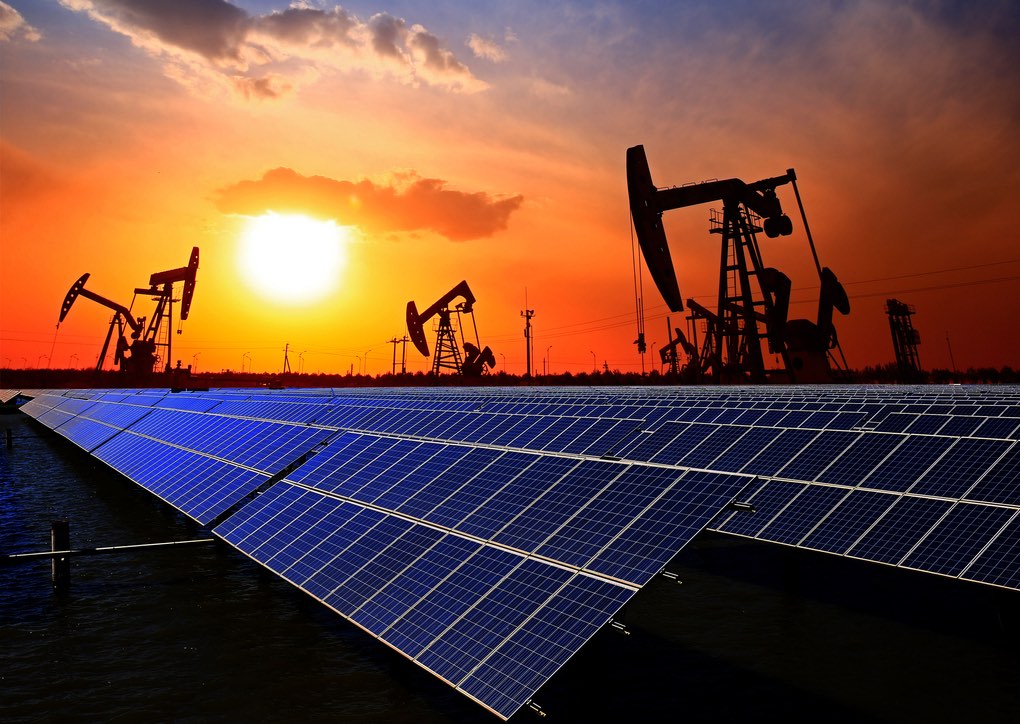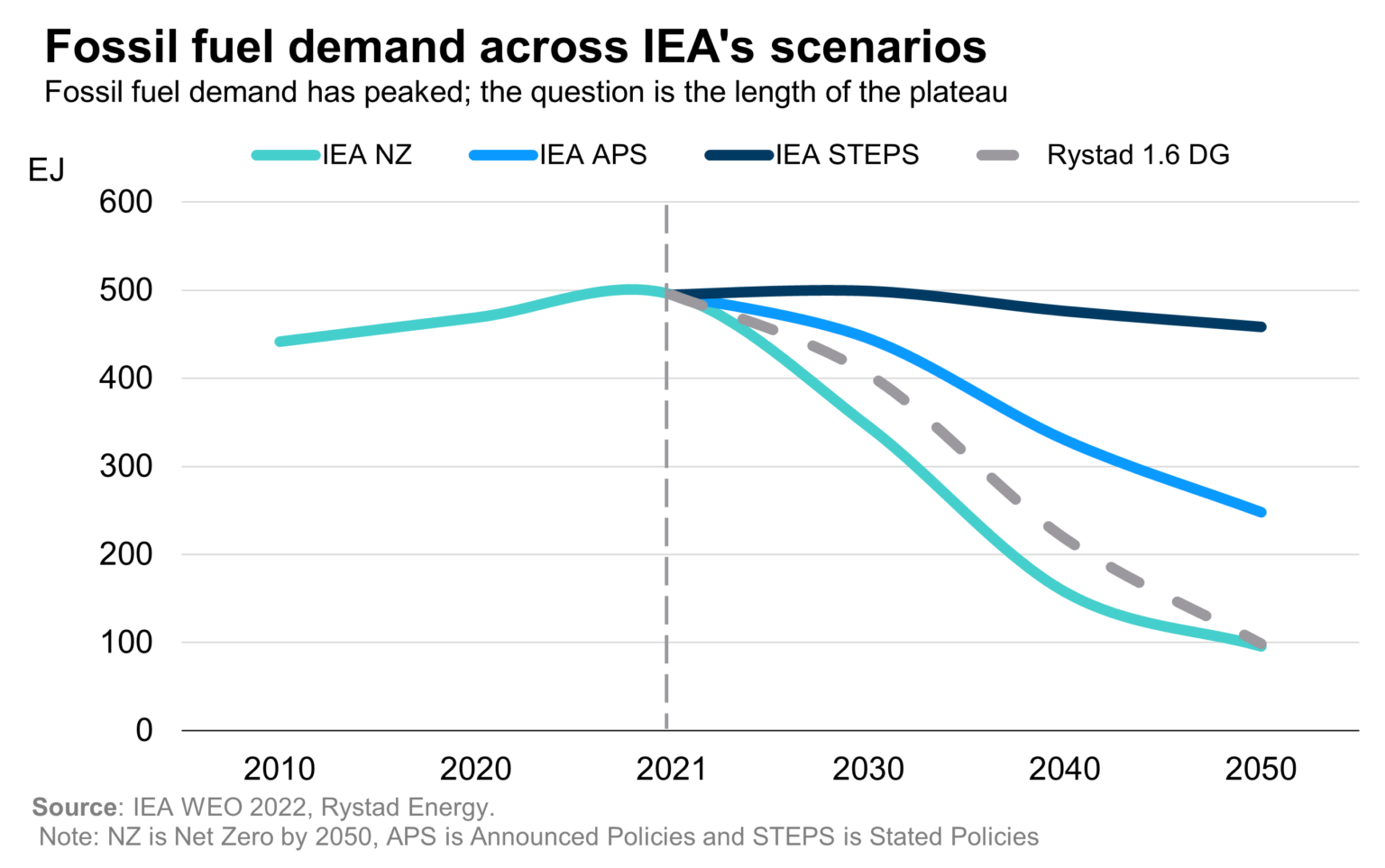adiggs
Well-Known Member
As a followup - I bought CVX 100 strike puts, Jan '24, for $4 awhile back when CVX shares were in the low 170s. I felt that was a particularly high share price (you've got to expand the share price chart to a lot of years to find a previous ATH) and made a good short opportunity.
Today with the shares back in the 160s and enough news about short supplies and stuff, I decided to close for 4.45. Made about 10% over several months on a small and mostly whimsical position.
I'm still interested in shorting oil in particular, though I'll also continue to focus on shorting oil companies rather than oil itself. Buying puts in a company is something I understand - finding a mechanism I understand and trust to directly short oil is not something I understand (beyond understanding that I don't understand ).
).
Heck - maybe we'll go on a run and I'll be able to buy back in with Jan '25 puts.
Today with the shares back in the 160s and enough news about short supplies and stuff, I decided to close for 4.45. Made about 10% over several months on a small and mostly whimsical position.
I'm still interested in shorting oil in particular, though I'll also continue to focus on shorting oil companies rather than oil itself. Buying puts in a company is something I understand - finding a mechanism I understand and trust to directly short oil is not something I understand (beyond understanding that I don't understand
Heck - maybe we'll go on a run and I'll be able to buy back in with Jan '25 puts.







